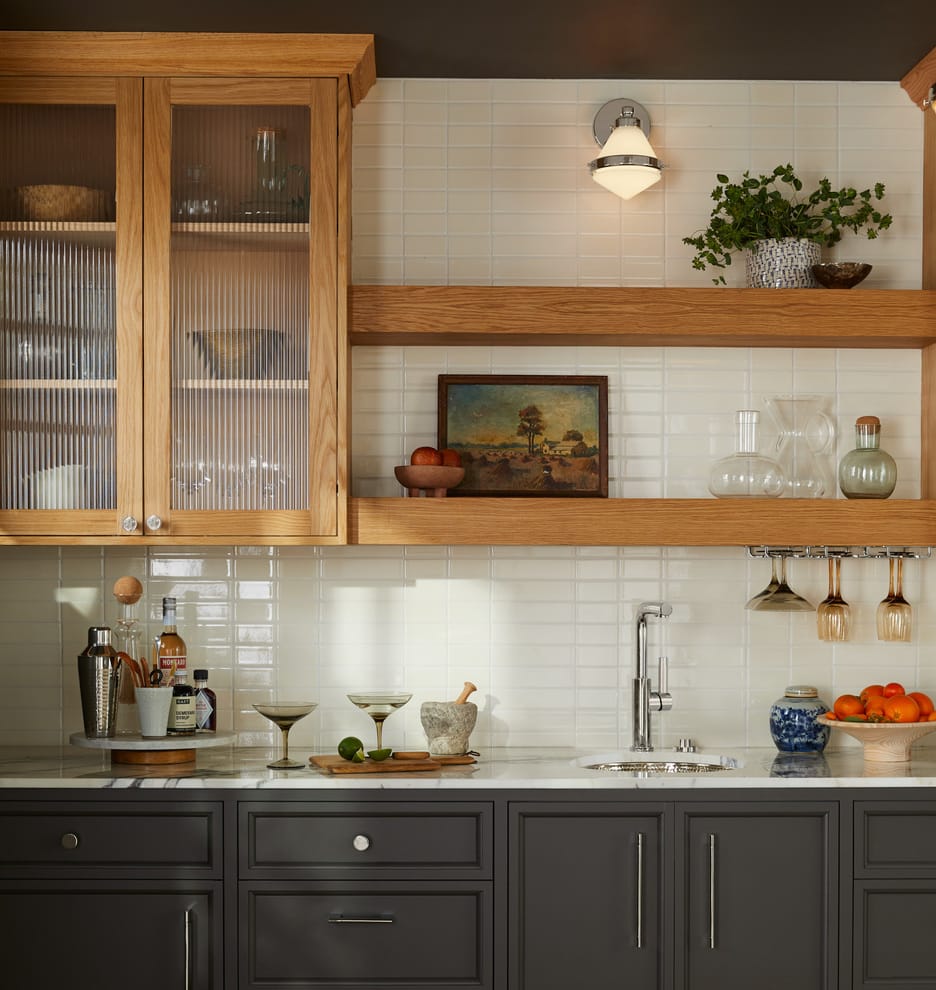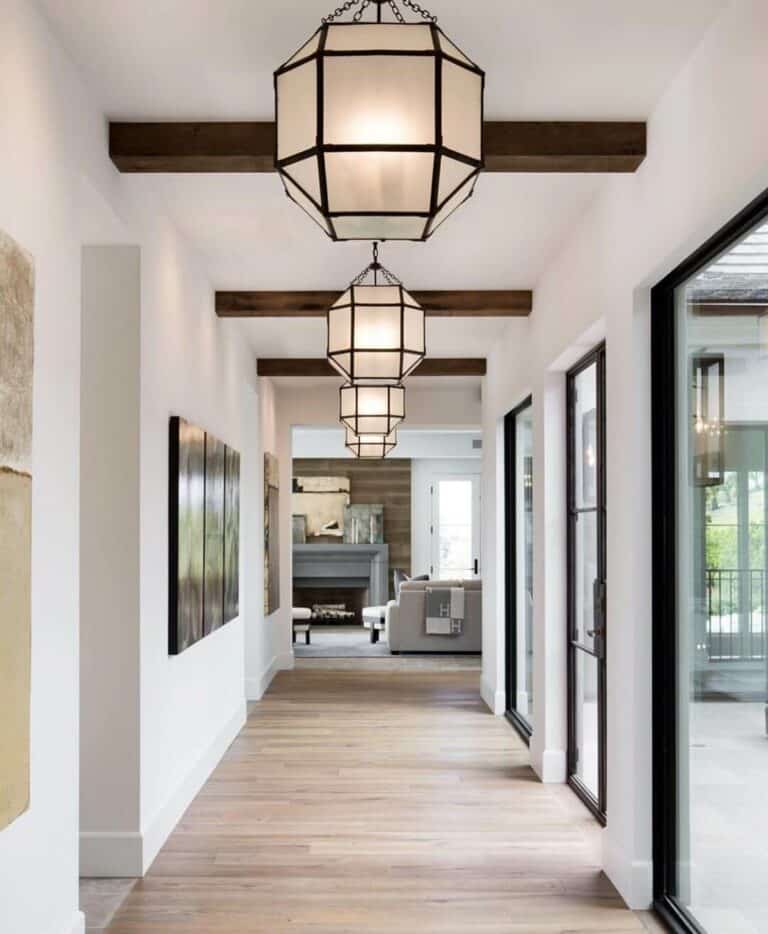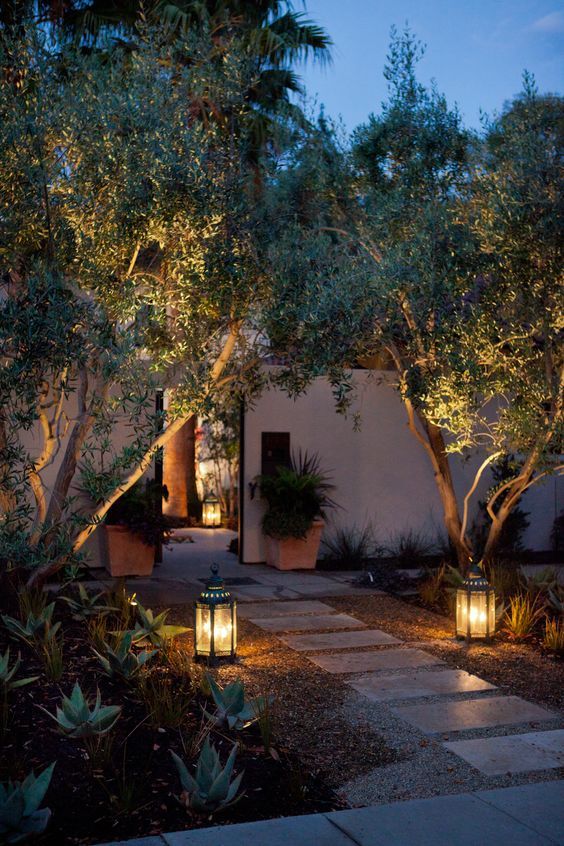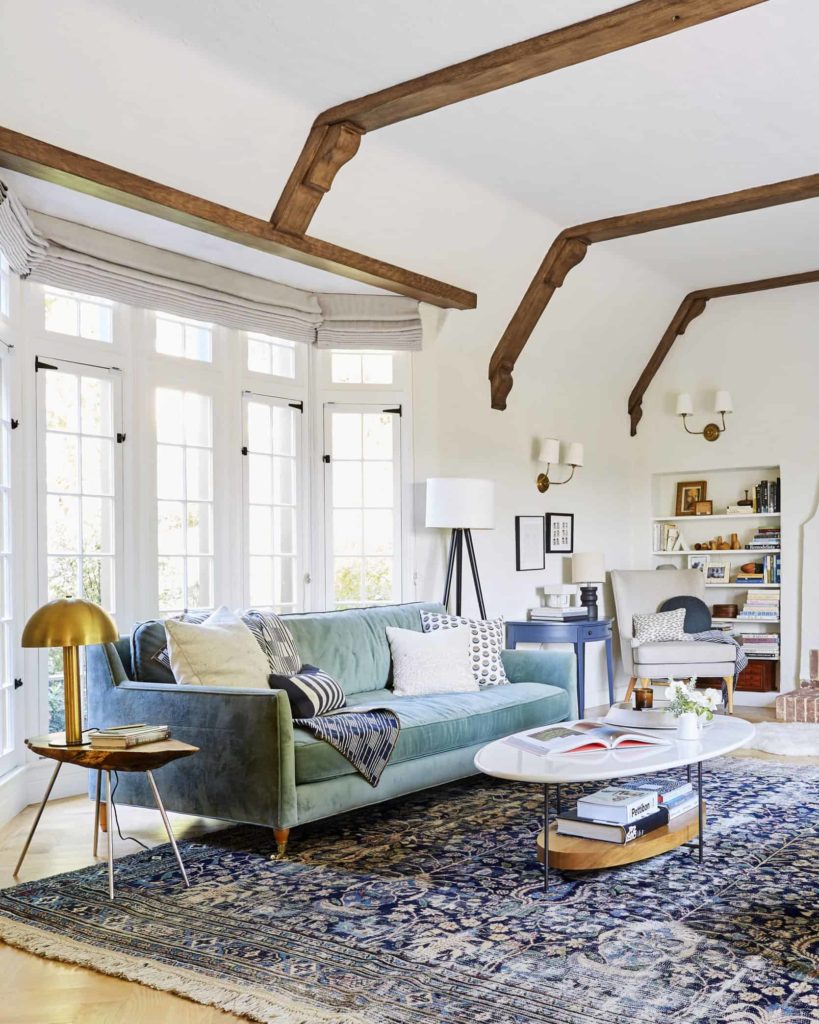Have you ever walked into a space and felt immediately at peace? Perhaps it’s a living room that is just cozy enough, making you want to curl up with a book and a glass of wine in the evening. Or maybe you’re invigorated by a kitchen that suddenly makes you want to whip up a feast for a crowd? Alternatively, have you ever visited a friend’s house and felt sort of uneasy or on edge the entire time you were there? Perhaps something just felt “off”?
Trying to put your finger on why a room just “works” or doesn’t work can be a challenge. It could be the décor in the room or the flow of the space, but more often than not, it is LIGHTING that can make or break a space. Dark corners can be creepy and off putting. Not having enough light to read a book or see peoples’ faces properly is just frustrating. No one wants to sit in the dark, but people often LIVE in the dark and don’t realize it. There are a few places in your home where you may not think you need additional lighting, but it can make ALL the difference in the world:
1. Under the Kitchen Cabinets
Growing up, I always thought this was something “rich” people had. None of my family had undercabinet lighting, but people who could afford to remodel and hire a designer seemed to have these beautiful, glowing kitchens.
As an adult, I realized two things:
- This kind of lighting is attainable for anyone that wants it
- It’s not just aesthetically pleasing, it’s practically a necessity!
In a kitchen, layering your lighting is key to comfort and functionality. You need a big ambient light source coming from your ceiling – these days, this kind of lighting is usually in the form of recessed lighting. You also want task lighting above your island in the form of pendants illuminating that surface. And what about those shadowy workspaces along the walls, under the cabinets? These areas can be uncomfortable to work at, particularly at night, but with some undercabinet lighting, you’ve got full use of your kitchen as late as you like! And it is possible to DIY it; no interior designer or contractor needed. LED lighting’s small profile (compared to incandescent bulbs) has made it much easier to add lighting under existing cabinetry, and most home improvement stores like Home Depot, Lowes, or even Ikea has lighting systems anyone can install themselves.
2. In the Shower or over a Bathtub
Bathroom lighting usually focuses on the sink. Whether it’s one large fixture above the vanity or two sconces flanking the mirror, the odds are good that your entire bathroom’s lighting centers on this one area. But that may not be enough light in a dark bathroom. A less obvious but no less important area to considering illuminating is your shower or bathtub.
Particularly in a bathroom with no windows, only lighting the sink area can create a dark shadow behind a shower curtain. Even in bathrooms that do have windows, showering at night may not be so appealing if you have to stand in semi-darkness once the daylight is gone. Installing lighting in your shower stall or above your tub/shower combination is a great way to banish shadow and provide additional light to the entire space. If you have attractive tile around your tub or shower, it’s also a great way to feature that decorative element.
3. In a Hallway
A lot of older homes have hallways that may be only dimly lit. A single “boob light” halfway down the hallway is both unfortunate to look at and insufficient for the amount of space that needs illumination. And those are the hallways that actually HAVE lighting already. Some homes have hallways with no light whatsoever, instead depending on light to filter through doorways from other rooms. If you’re wondering why the center of your house feels like a cave, perhaps insufficient hallway lighting is the culprit! This is also an opportunity to get creative in an unexpected place – whether you want to install a row of attractive pendant lights or a few tubular skylights, the sky is quite literally the limit!
4. In the Front Yard
It may be fun to be the creepy, dark house on the block around Halloween, but most of the year, none of us are looking to scare people. Even if your front yard is a lush, sun-filled oasis during the day, it’s quite possible that it’s not living up to its potential once the sun goes down. There’s no reason to ignore the exterior of your house once night falls. On the contrary, adding both functional and accent lighting to your house and yard not only beautifies your home, it makes the entire neighborhood feel safer and could even provide you with additional living space! Attractive lighting around your porch, solar lights along a path, and uplighting plants and architectural features can make your yard a twinkly wonderland. You don’t have to be afraid of the dark anymore!
5. In the Living Room!
At night, we all want to burrow into our sofa, maybe under a comfy blanket, and enjoy a good movie or book. And it may seem like the less lighting we have, the cozier we are. While that may be true for some, not everyone likes sitting in darkness. Shadowy corners can be a little off-putting at night, and if you frequently have guests over, you probably want them to stick around for a little while instead of always running for the door after dinner. If you want to put yours and your guests’ minds at ease after dark, having sufficient, and even attractive, lighting in your living room is a necessity.
A good rule of thumb is that any room should have at least three light sources in order to properly illuminate all the corners. Beyond this rule, it is also important to layer the different lighting types: Ambient, Accent, Decorative, and Task.
For example, a bright lamp or ceiling fixture can provide ambient light to the entire space, but you also need table lamps near seating so that you have task lighting for activities like reading. You may also want add wall lights if you have art you want to highlight or perhaps you could place an LED light strip on a shelf to uplight a collection that could use some attention. These other types of lighting, if bright enough, may also provide some ambient light, but just as importantly, the layers of light bring visual interest to the room.





